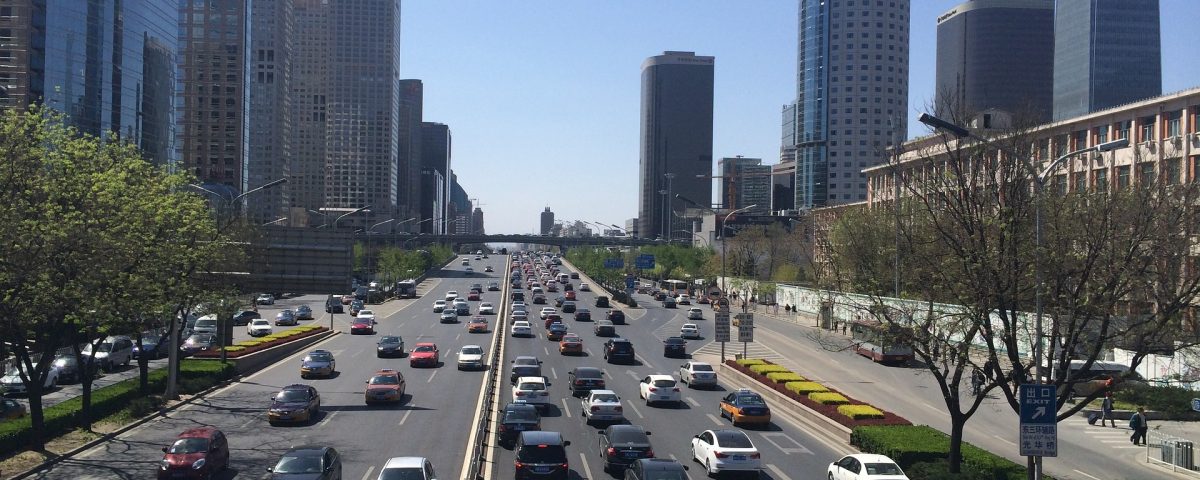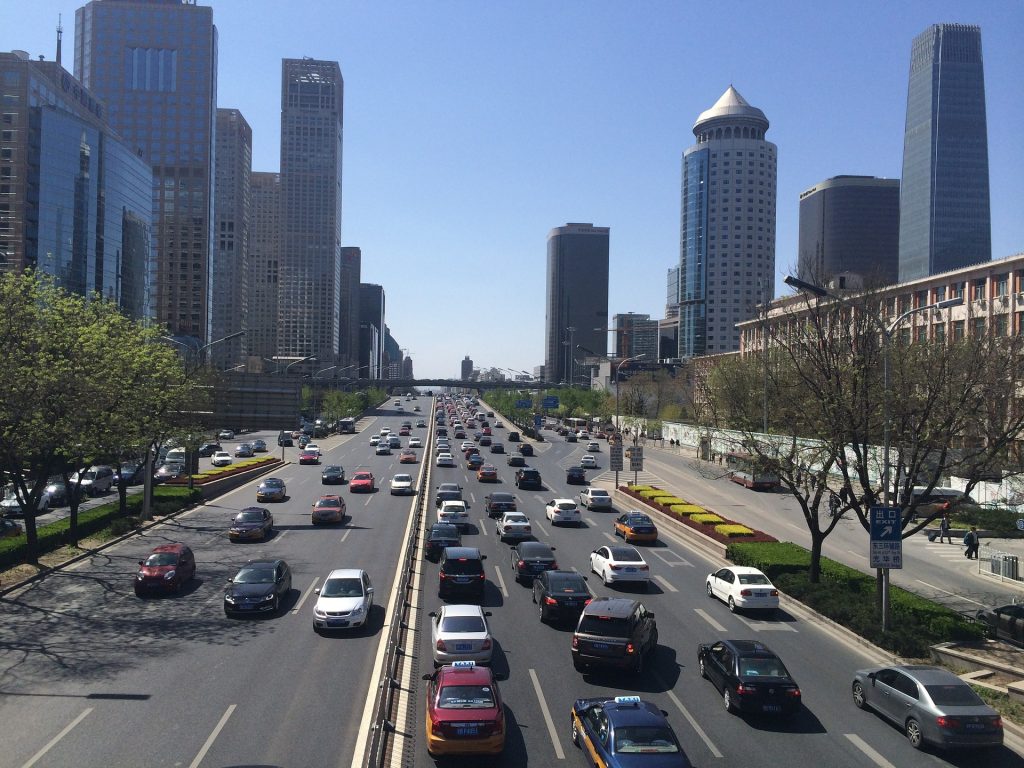
Social media and citizen engagement : A meta-analytic review
11 October 2020
Process-based Model in Digital Multimodal Composing Assessment
29 October 2020Correlating PM2.5 concentrations with air pollutant emissions : A longitudinal study of the Beijing-Tianjin-Hebei region

Principal investigator: Professor ZHANG Xiaoling (Department of Public Policy)

Severe outdoor haze pollution has brought about associated public health impacts for China in recent years. Haze pollution therefore has become one of the most serious environmental problems in China. To alleviate this, the government issued its National Air Pollution Control NACAP (NAPCAP) in 2013 containing pollution reduction targets for 2017 and beyond. However, there are doubts whether these targets can be achieved.
This paper examines this issue by modeling the statistical relationship between PM2.5 concentration and air pollutant emissions (SO2, NOx, etc.), together with wind and neighboring transfer impacts at the city level, to identify ways of calculating intended maximum emission levels in the Beijing-Tianjin-Hebei area. The results indicate that local air pollutant emissions, lagged PM2.5 concentrations, wind speed, and PM2.5 concentrations in adjacent areas have a significant impact on PM2.5 concentrations in the Beijing-Tianjin-Hebei area. The 2017 haze concentration control targets could not be achieved through the current NAPCAP plan, with PM2.5 concentration levels in many locations being predicted as between two and three times those targeted. However, the 2017 concentration target can be fulfilled given the pollutant reduction rates of NAPCAP plus Enhanced Measures of Air Pollution Control for Beijing-Tianjin-Hebei region (EMAPC) under the same wind conditions as 2016. There are large deviations between the simulation and monitor values of PM2.5 concentration when it is less windy, and the simulation value of most cities are generally lower than the monitor values. The unsuccessful implementation of pollutant reduction measures and inaccuracy of the monitor data are two possible reasons to explain the relatively large deviations involved. Finally, some preliminary institutional causes of haze pollution and solutions for its control in the Beijing-Tianjin-Hebei area are discussed.
Click here to read more.
